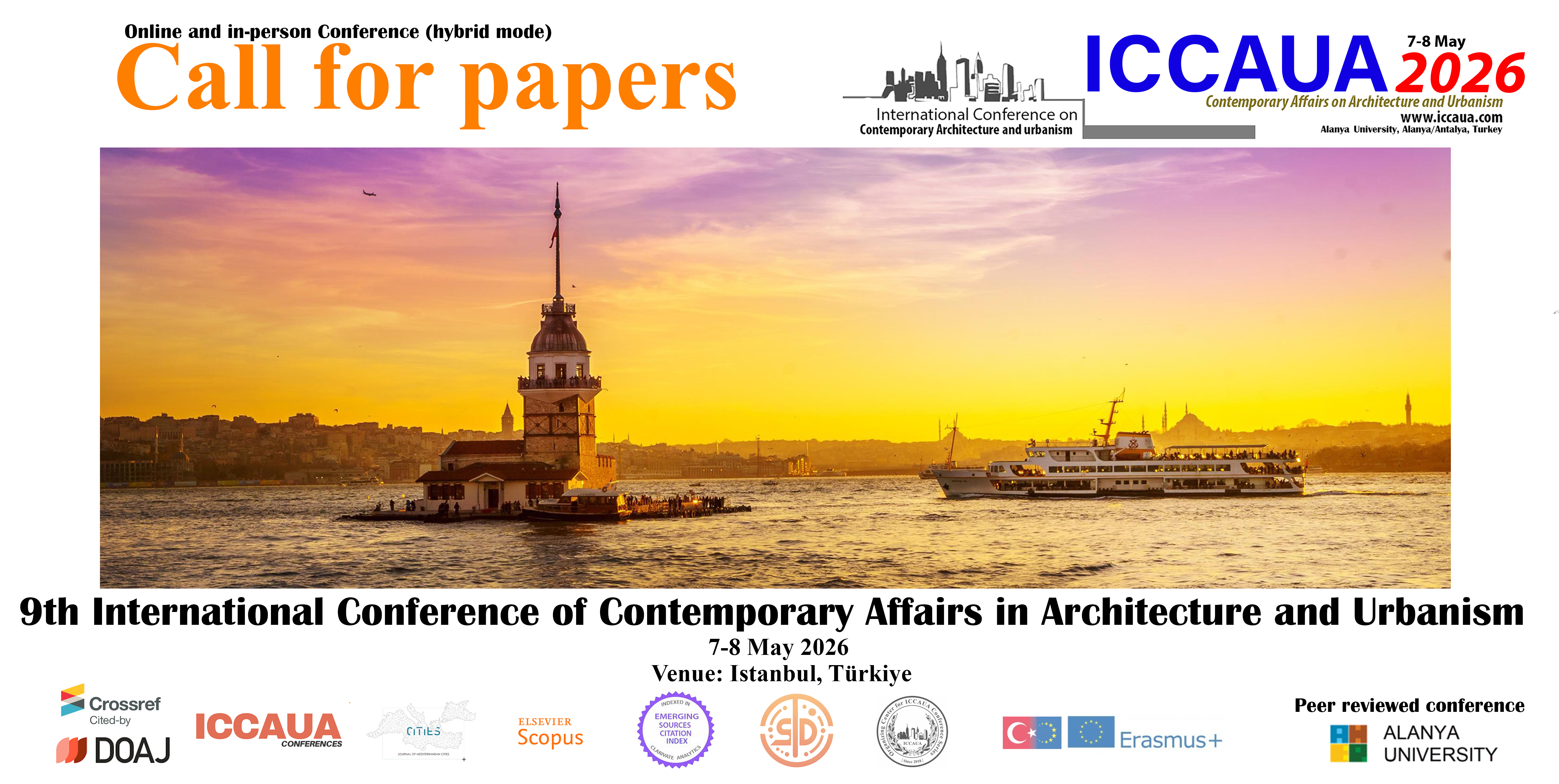Determinants for the Types and Distribution of China’s foreign-aided buildings in the global south
DOI:
https://doi.org/10.38027/ICCAUA2023EN0122Keywords:
China’s architectural aid, Global South, Architectural types, spatiotemporal distribution, the development abilityAbstract
China's domestic construction market is becoming saturated, and with the support of the government, banks, enterprises, and overseas construction is experiencing sustainable development. Over the past 70 years, China's foreign aid has involved a large exchange of funds, manpower, and materials between donor and recipient countries. Under the guidance of policies, China's construction cooperation with third-world countries has become closer, and overseas project contracting and investment and financing business still show a growing trend. Under the background of global construction technology transfer, Chinese architecture is actively going to the world. This paper discusses the current situation of China's construction assistance from three aspects: types, distribution, and primary drivers, based on a dataset of 766 relevant projects since 1949. Through quantitative and descriptive analysis by inductive reasoning, there is three findings. Constructing a comprehensive and systematic picture of China's aided buildings can give designers, researchers, and policymakers fresh insight into the impacts and further tendencies of China’s overseas architecture.
Downloads
Downloads
Published
How to Cite
Issue
Section
License
Copyright (c) 2023 Kaiyue Ma, Charlie Xue, Tong Cui

This work is licensed under a Creative Commons Attribution 4.0 International License.




















